Built in 1852, Closed in 1946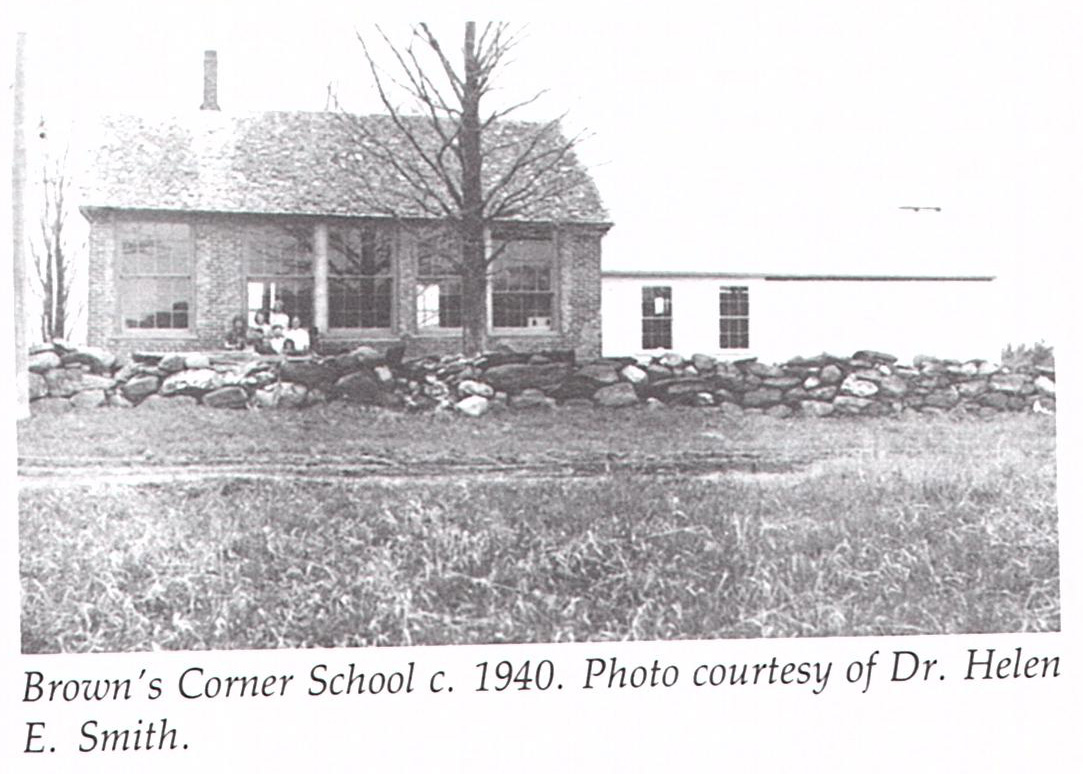
The Hot Lunch Program in the Franklin Schools
The hot lunch program began in the Franklin Schools more than fifty years ago. It was in the Brown’s Corners School, a community self-help project, before the days of Government Commodities, and a fee for each lunch taken. It began there in the winter of 1936-37 with Miss Helen Eldred, a seventeen-year-old teacher fresh out of Johnson Teachers College ready to try her skills at teaching the three “Rs’’ and many other requirements expected of a teacher in a rural school of eight grades. If a teacher was lucky sometimes she did not have all eight grades. It was a challenge but fun, too.
The information I have about the hot lunch program she hoped to have was taken from Dr. Helen Eldred Smith’s book entitled: So What Else Is New? First, you must know she was full of enthusiasm; wonderful to be seventeen and at her first full-time job! She was in a favorable situation. Her sister, Myrtle Eldred Titemore, lived a stone’s throw from the school. Her brother-in-law, Glenn Titemore, was a school director, and her cousin, Dr. Laurel Samson, was also a school director! Helen lived for several years right across the road from the school.
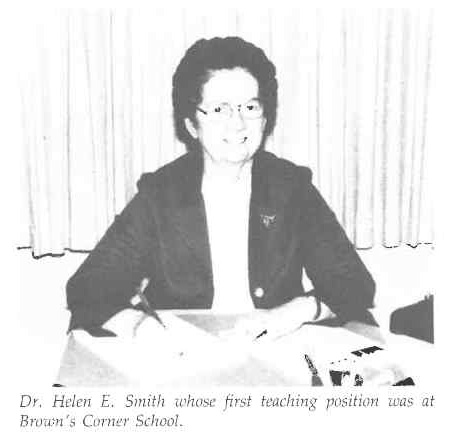 Helen kept a good school under her skilled and imaginative management. The little red brick schoolhouse, built in 1852, was the community center as rural schools used to be. Every youngster’s birthday was observed, handicrafts were taught, holidays were celebrated, parents were invited to special occasions and she made friends with all.
Helen kept a good school under her skilled and imaginative management. The little red brick schoolhouse, built in 1852, was the community center as rural schools used to be. Every youngster’s birthday was observed, handicrafts were taught, holidays were celebrated, parents were invited to special occasions and she made friends with all.
Miss Helen had had the very good judgment to have a get-acquainted party on October 2, 1936, to which all of those living in the neighborhood were invited. '’She got off on the right foot.”” They had games and refreshments and people were well impressed with their new teacher.
Miss Helen had the unusual skill in getting the parents to participate in canning and preserving vegetables for use in preparing hot lunches. The neighborhood friends and parents met at the Titemore home and on that day on October 15, 1936, the ladies canned 119 cans of vegetables for use in the winter hot lunch program scheduled to begin at Halloween time and extend until spring vacation.
The equipment for preparing hot lunches was very plain. The stove was a three-burner oil stove with a limited cooking area and an oven that covered two burners for baking. With no sink, no running cold or hot water, and no water even on th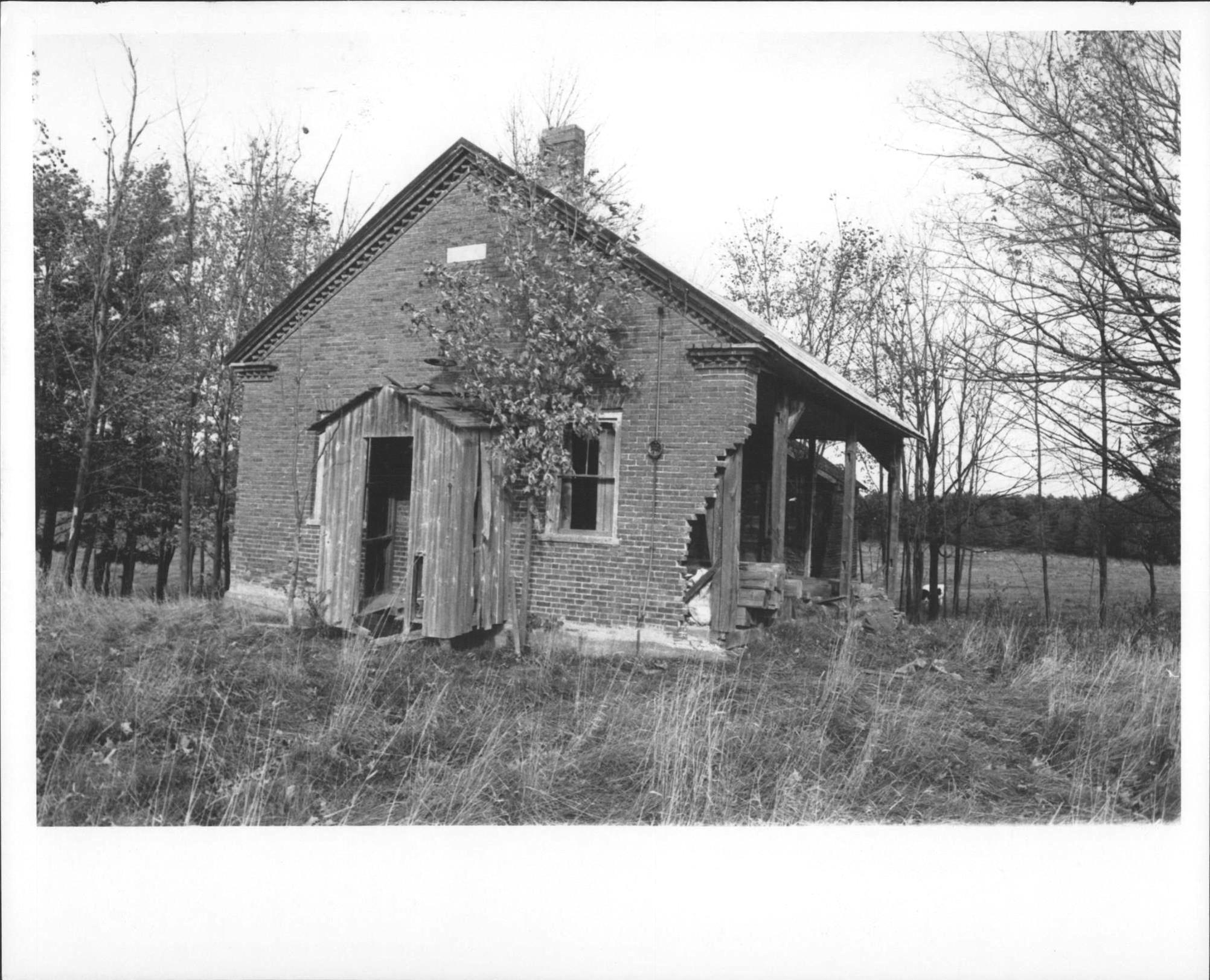 e school grounds, preparing lunches presented many problems. Miss Helen’s mother, Lena Eldred, lived with Helen some of the time. When there she prepared many of the hot lunches at Helen’s home across the road. She even made apple jelly which the children liked on their bread.
e school grounds, preparing lunches presented many problems. Miss Helen’s mother, Lena Eldred, lived with Helen some of the time. When there she prepared many of the hot lunches at Helen’s home across the road. She even made apple jelly which the children liked on their bread.
During the war years, the school planted a Victory Garden from which, when vegetables were ready, Miss Helen and her mother gathered the produce and took some of it to the mothers’ homes for canning. The results from that project were as follows: 10 quarts of peas, 30 quarts of carrots, 70 quarts of tomatoes, 5 quarts of tomato juice, 30 quarts of Kentucky Wonder beans, 5 quarts of beets, and 1 bushel of potatoes. A total of 150 quarts of vegetables were ready for lunches that winter. For several years the Brown’s Corners School canned and preserved foods for winter use. There was never any charge for the hot lunches.
.
.
.
Saint Albans Messenger
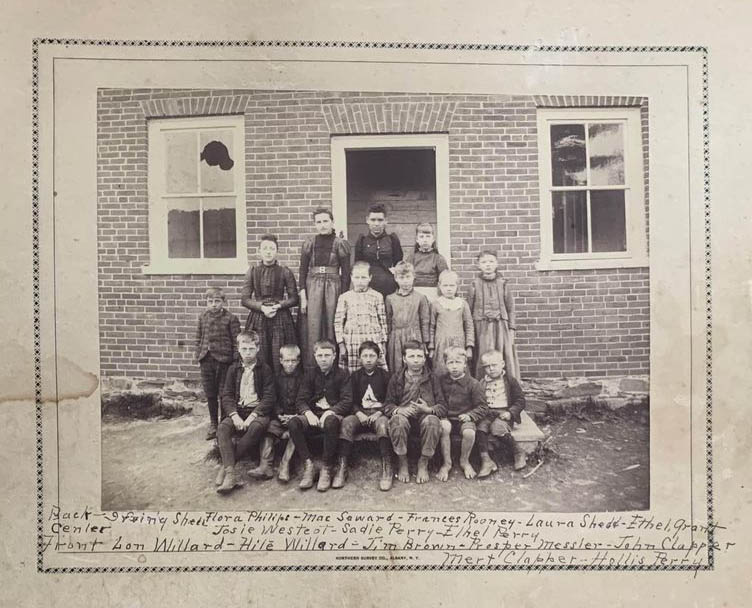 7-2-1891
7-2-1891
FRANKLIN
The spring school in district No. 6, Florence Crook, teacher, closed June 26; number of days taught 40; number of scholars 18; average attendance per day 15 (13-16); those having no mark against their names were James Brown, Jennie Flinton, Ethel Grant, Blanche, Bessie and Linnie Johnson, Flora Phillips, Laura and Irving Shedd, Josie Westcot, Alonzo and Hiram Willard. May Seward had but one mark and that was for absence the first day. Ada Westcot absent two days because of illness. Whole number of tardy marks during the term, 2; Flora Phillips had the most head marks in class No. 1, Irving Shedd in class No. 2. The teacher publicly thanks her scholars for a present given her and for their kindness.
.
.
.
More Photos
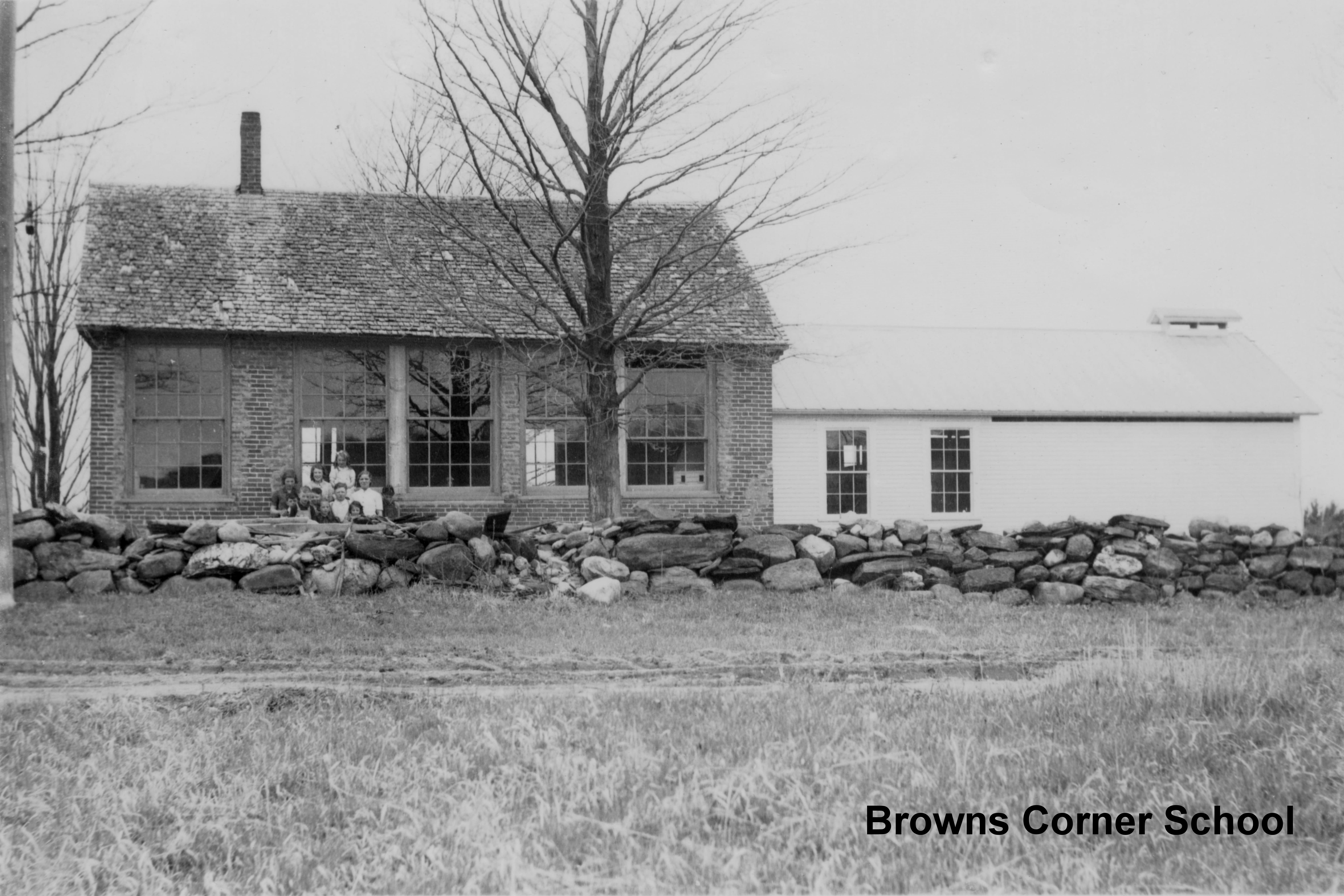
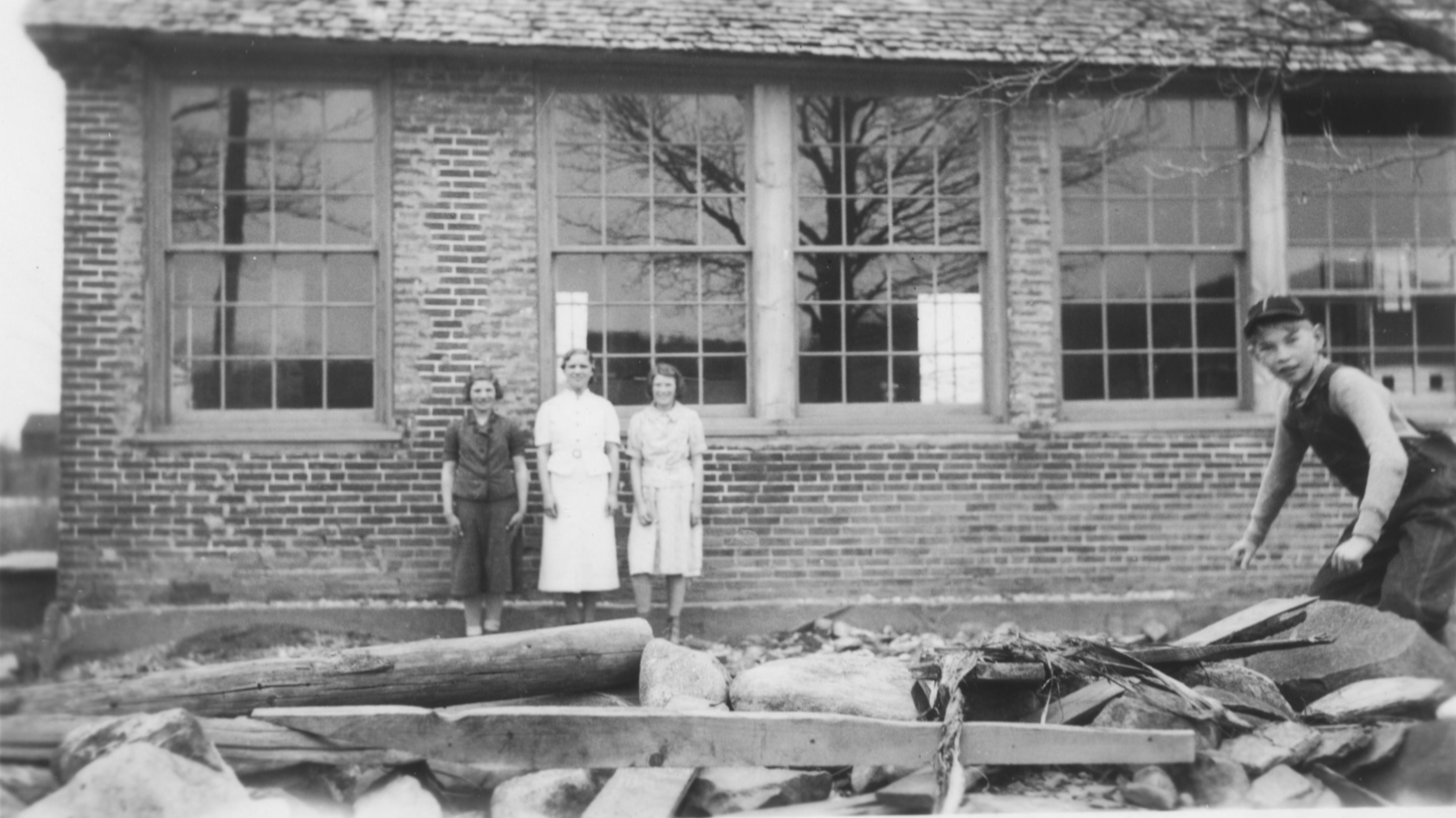 .
.
.
.
.
.
.
.
.
.
.
.
.
.
.
.
.
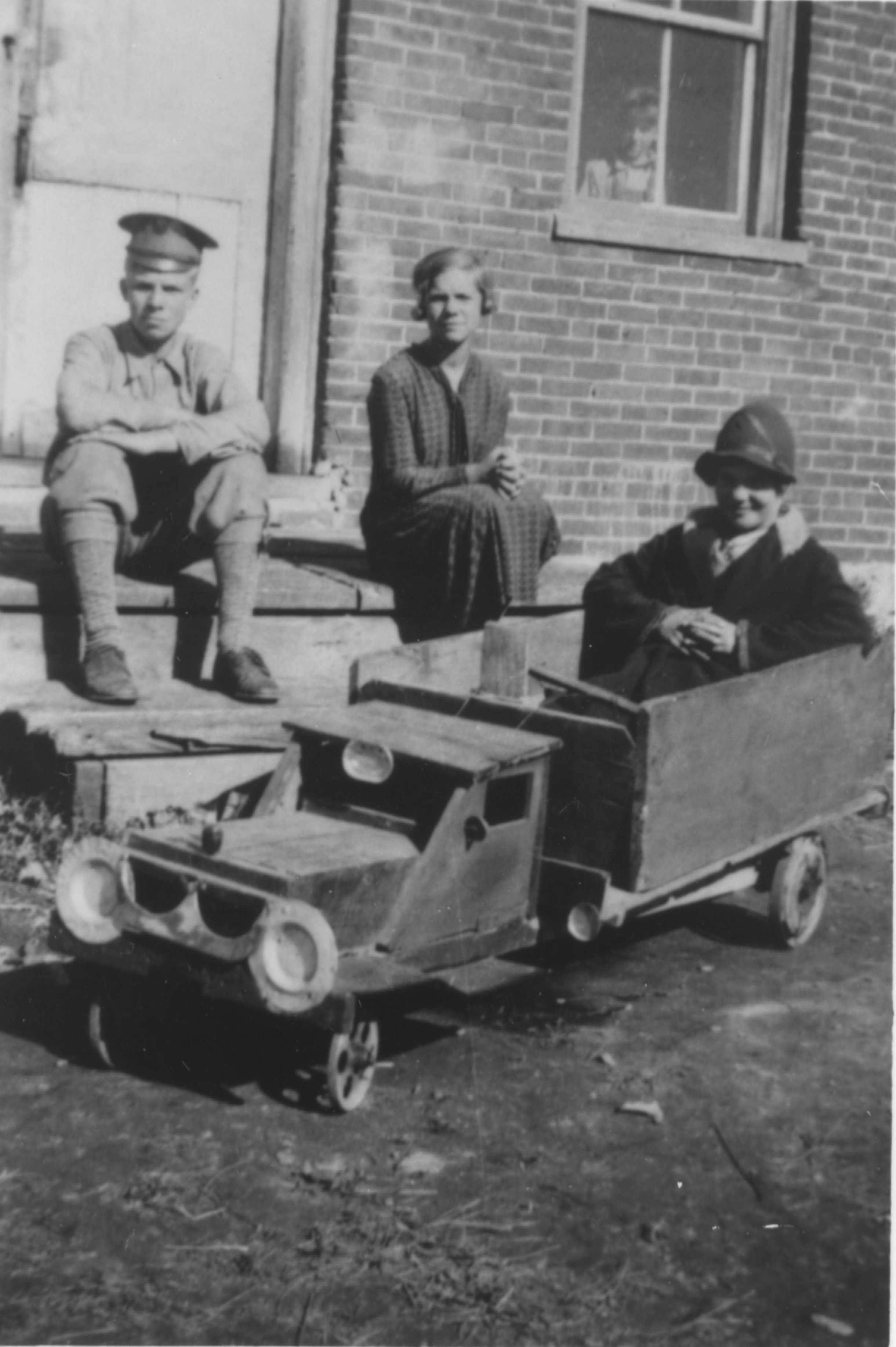
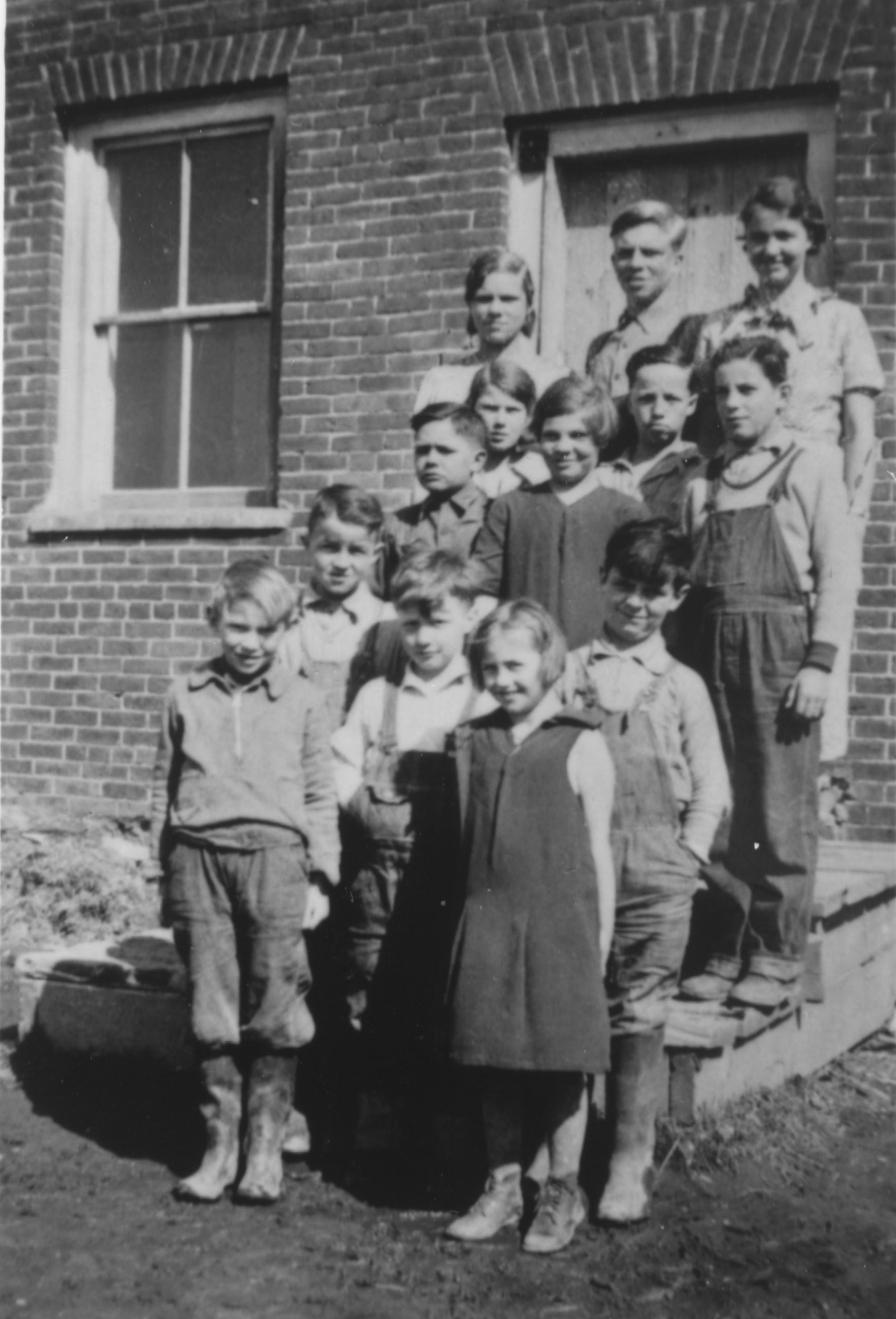 .
.
.
.
.
.
.
.
.
.
.
.
.
.
.
.
.
.
.
.
.
.
. Enhanced.jpg)
.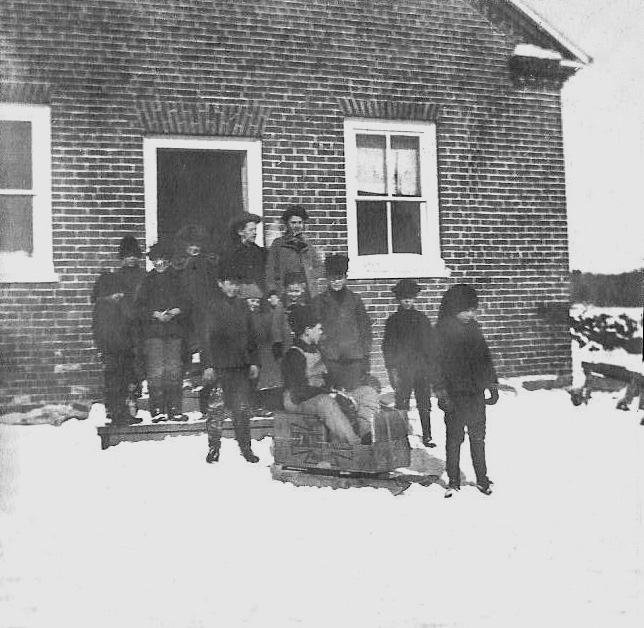
.
.
.
.
.
.
.
.
.
.
..
.
.
.
.
.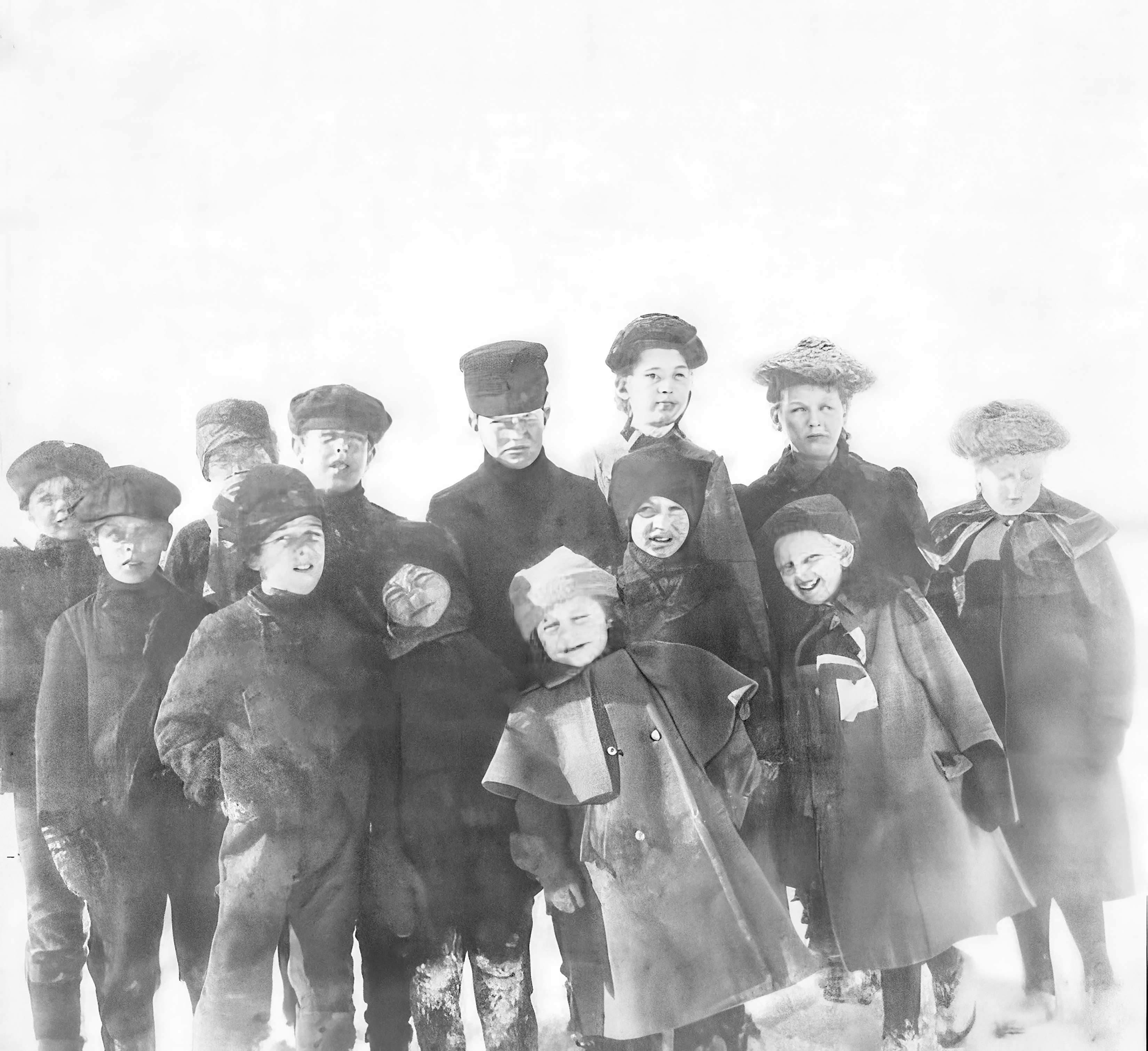
.
.
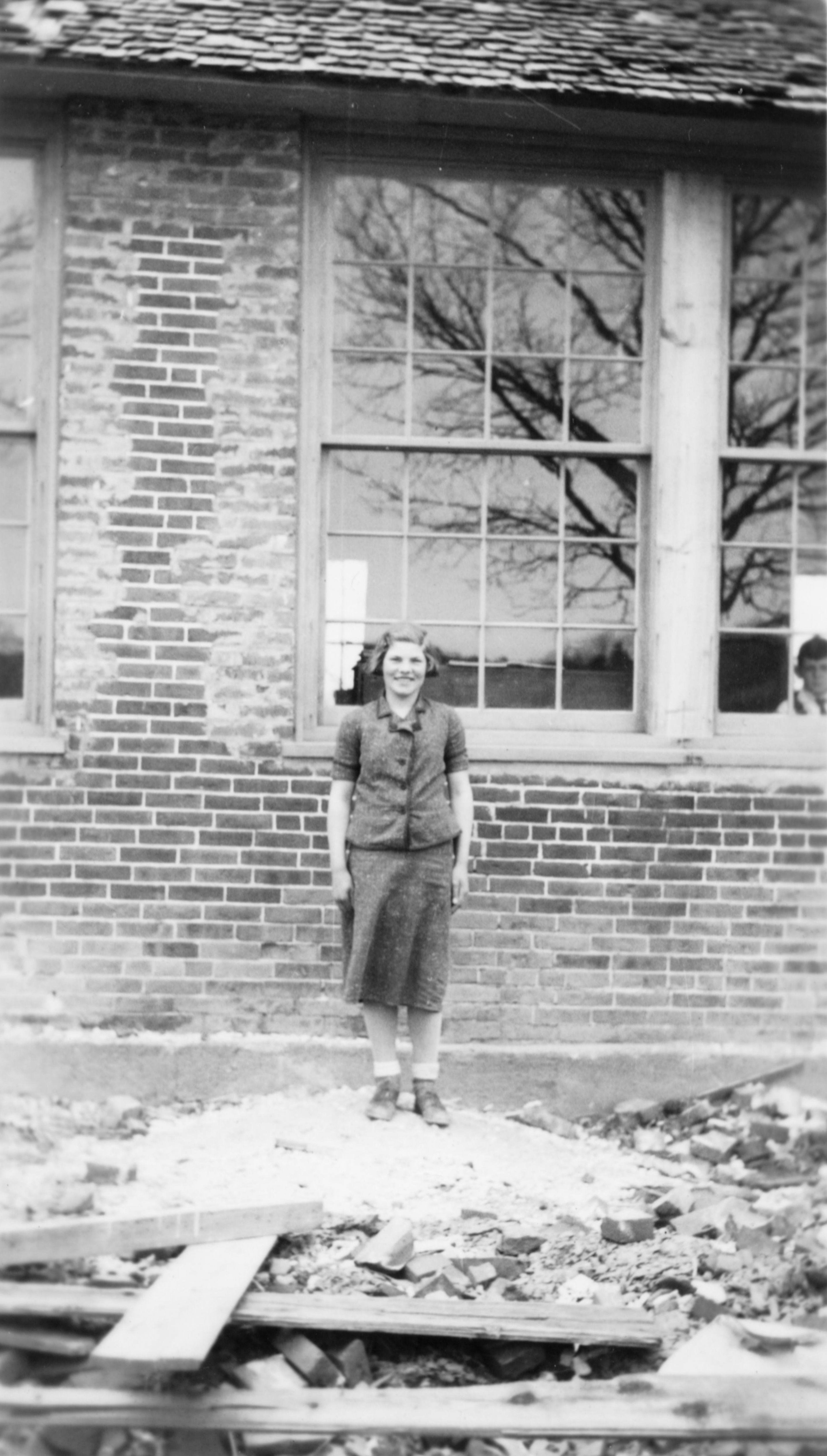
 .
.
.
.
.
.
.
.
.
.
.
.
.
.
.
.
.
.
.
.
.
.
.
.
.